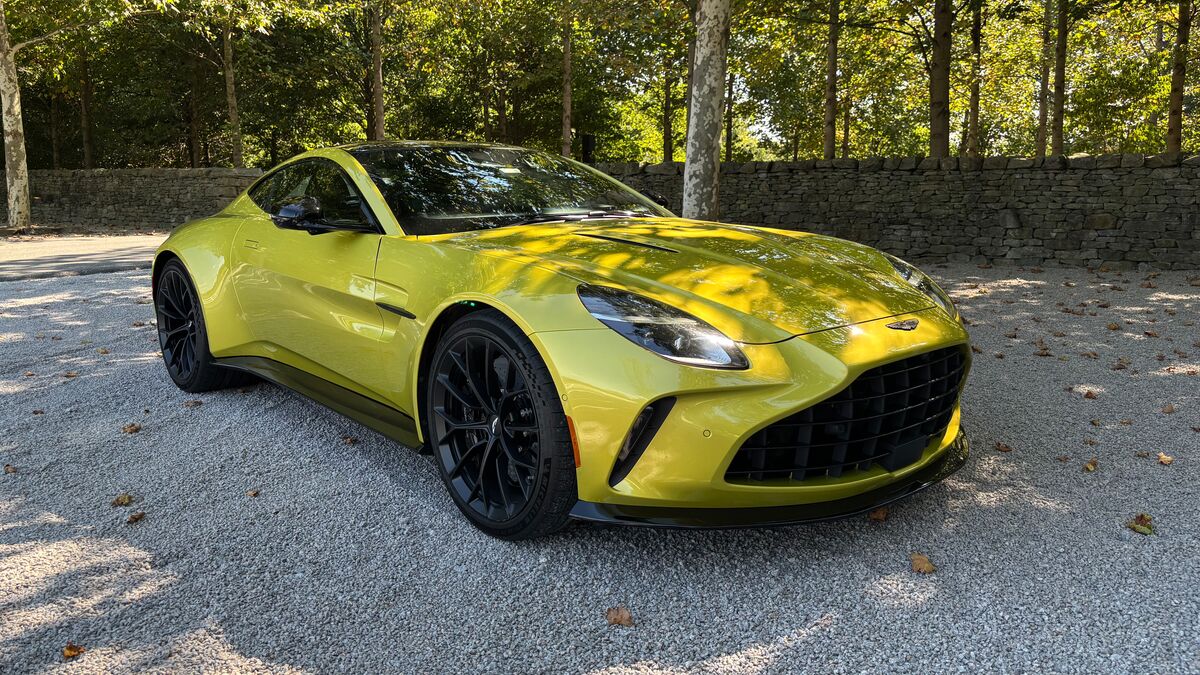Most of our journeys here at Kelley Blue Book are about vehicle discovery. We travel to a spot somewhere on the globe where a new automobile is being launched; we drive said automobile, and then we report to you on what we learned. What are that particular vehicle’s virtues? What are its vices? Does the vehicle deserve consideration for a place in your garage? Or should it be dismissed from your notice in favor of other, more worthy candidates? The occupation has a simple premise, and doing it well has the most satisfying of rewards: "Today I helped someone." But the just-concluded, Land Rover-sponsored Great Divide Expedition of 2014 was not only about vehicle discovery, our stock-in-trade, but also about re-discovery, so forgive me if this vehicle report is infused with the mists of long-ago memories, some of which, oddly, seem as vivid as the day I lived them a quarter of a century ago.
Incredible capabilities in an incredible setting
Designed to show off the incredible capabilities, the sumptuous comfort and the worldly elegance of the top-of-the-line Range Rover, The Great Divide Expedition 2014 did just that. Grinding up to the peak of a 13,000-foot mountain while ensconced in a massaging leather seat and bathed in the music from a 1,700-watt, 29-speaker stereo offers a stark contrast of utilitarian and hedonistic in one handsome package. This fourth-generation Range Rover combines so many divergent capabilities that it is the vehicular definition of schizophrenic. The current Range Rover can ascend and descend seemingly impossible grades, slog through waist-deep swamps, crawl over boulders the size of Volkswagens, yet it is perfect for picking up the children of well-heeled families at middle school. Beyond the opportunity to demonstrate the vehicle and its capabilities, the Range Rover expedition offered a few among us a rare chance to re-live a bygone time…in my case the time I spent at the editorial helm of Motor Trend magazine. Six journalists who participated in The Great Divide Expedition 2014 also participated in The Great Divide Expedition 1989, and I happened to be one of them.
While 1989 was a pivotal year in the life of country-pop star Taylor Swift (she was born that year and so she used it as the name for her most recent album), it was a rather indifferent year in the overall history of the automobile. The Ford Thunderbird SC won 1989 MT Car of the Year honors, and the Mitsubishi Galant took the 1989 Import Car of the Year award. The Car and Driver 10 Best list was littered with cars like the Dodge Colt Turbo, Plymouth Laser Turbo and the Lincoln Continental. Amid this sea of so-so cars, the Range Rover loomed large, both literally and figuratively, so when I was offered the opportunity to join Land Rover‘s Great Divide Expedition, to experience the joys and challenges of uncompromised off-roading in the wilds of the Colorado mountains, I jumped at the chance.
The chance to relive a 25 year-old experience
Those few days in the company of Land Rover in the Rockies were among the most memorable of my auto journalist career spanning nearly 35 years. The scenic vistas, the pure air, the tranquility of the alpine lakes remain readily accessible in my cerebrum while I have virtually forgotten hundreds of other events that I have participated in through the decades. Some of it, of course, was the sheer beauty of the scenery through which we very carefully drove, but equally it was the company I found myself in. First was Land Rover PR guru Bill Baker, who somehow got the impossible expedition okayed, funded and underway. Then there were my driving partners and guides: Malcom Smith, an off-roader with numerous victories in the Baja 1000 on his impressive list of accomplishments; Continental Divide trail-planner and historian Tom Collins, another guy with a daunting list of off-road experience; Gunnar Conrad, the Expedition’s official photographer who routinely pushed to the edge of oblivion to get a better shot, and, finally Charlie Hughes, a guy I first mistook for a journalist I hadn’t met, but who instead turned out to be President of Land Rover North America.
In the company of these guys and my fellow auto journalists, including my tent-mate, Warren Brown, it would have been impossible to avoid having fun. But given our setting and given the fact we were trying to accomplish something that had never been done before just so we could say we did it, there was even more magic in the event. Early on in my first day on the trail Smith suddenly opened the door of the Range Rover, leapt out and immediately vanished from sight. For a second I feared that my driving style had prompted him to bail. But then I caught sight of him bounding down a couple hundred feet of nearly sheer drop, counting on the soft earth to cushion and catch each footfall. Being slightly addled by the 10,000-foot altitude, I stopped the Range Rover, got someone else to take over the wheel and immediately followed suit, scrambling over the edge. Surviving that first effort, from that point on whenever we came upon a similar situation we repeated the process, literally jumping off cliffs, hoping the ground would catch us.
An opportunity to drive where few had ventured
Of course, there was the driving. Some portions were exceptionally technical, requiring our guides to help us pick our way meticulously through boulder-strewn, washed-out trails with pine needles swacking the Range Rover on the flanks at every turn. Other portions were significantly easier to negotiate but equally memorable as they traversed verdant meadows and disappeared behind craggy peaks. Hundreds of driving events have intervened over the past quarter century, but the memories of those few days are rich.
Then, out of the blue, I got a chance to do it all over again, but this time as a guy with 25 additional years on my personal odometer. A message came from Land Rover’s Ree Hartwell that I was invited to join several of my colleagues and friends who had participated in the original Great Divide Expedition for a not-so-instant (in fact quite distant) replay. Like throwing myself down the cliff sides two-and-a-half decades before, I jumped at the chance again.
Also: The Class of 2015 — New Vehicles Ready to Roll
As I described it to the 2014 expedition’s video crew, it was exactly the same while at the same time completely different. Unlike the first time, when I joined the expedition for the final leg and got to bask in the reflected glory of accomplishing something in which I had only played a minor part, this time my Great Divide Expedition 1989 colleagues and I were on hand for the opening leg, so I was treated to challenges and scenery that were different from 1989. Here are some of the highlights:
Red Cone (12,801 feet) After a technical climb that consumed the morning and a hour or so of the afternoon, we emerged above the tree line to top this distinctive peak (which resembles, well, a red cone) on what was a former miners’ trail. A well-earned lunch followed on a windy plateau about 1500 feet below.
North London Mill A compound steam engine and a couple rickety wooden buildings mark the location of the mill that was erected in 1877. The 360-degree vista on this spot was among the most breathtaking of the entire adventure.
Snow on Mosquito Pass (13,188 feet) The Expedition organizers were kind enough to arrange for an overnight snowfall that lent a special texture to the summit of Mosquito Pass, the highest point on what is the highest through-road in North America. While it was formerly called the "highway of frozen death," on our visit it was significantly less intimidating. The closest thing I witnessed to a frozen death was an errantly thrown snowball.
Descent into Leadville At 10,000 feet the city of Leadville is reputed to be the highest city in North America (and not because Colorado has legalized recreational marijuana.) While it is not what it once was – a rowdy, brawling "silver boom" town that helped make the fortune for "The Unsinkable" Molly Brown, among others — just getting there from Stagecoach Pass was everything that made the Great Divide Expedition memorable. To our left a nearly sheer cliff, in front of us a rugged track barely wider than the vehicles we drove, and to our right a precipitous dropoff that our guides estimated to be more than a mile to the bottom. You can be certain I was very meticulous in my driving style on this section.
Hagerman Pass (11,925 feet) It began to rain as we reached Hagerman Pass, which, though a little inconvenient, was quite fitting because some of the water that dropped from the clouds there was destined to go into the Atlantic Ocean via the Gulf of Mexico, while the rest would eventually make its way to the Pacific Ocean via the Gulf of California. A railroad once went this way, but the collapse of silver values doomed it to a faint memory.
Aspen While many of the stops along our route were virtual ghost towns, Aspen is as far from a ghost town as any place you’ll ever see. Fueled by imported money that far out-paced its previous riches as a mining town, Aspen has all the upscale ambiance of a modern Swiss city. And the skiing is better.
The people made the event all the richer
While the places I saw were all memorable it was the people I saw them with that really brought the event to life. A heroic recovery from a difficult illness prevented Bill Baker from going along on the route, but he was there to lend his lively sense of humor and good nature at every stop. Taking his place on the trail was Bob Burns, who has something like 30 years’ worth of Land Rover experience under his belt and has proven himself a worthy successor to Baker. Tom Collins and Gunnar Conrad were veterans of the first Great Divide Expedition and demonstrated that 25 years have not slowed them down. This time around my two Land Rover guides were Sean Gorman and Fred Monsees. Both have undeniable four-wheeling credentials and fascinating personal stories, which we explored in depth as we negotiated about 70 miles a day over the course of 10 hours. And Wayne Kung, also of Land Rover, is far too young to have participated the first time around but was a helpful and interesting driving partner this time around.
Finally there were my compatriots who, as journalists, had taken part in the Great Divide Expedition 1989 and who took part again in 2014. They included William Jeanes, the ever-convivial former editor of Car and Driver magazine; Dave Scrivener, longtime staffer with Motorweek; and Steven Cole Smith, who has enjoyed a lengthy and fruitful career as an auto journalist and motorsports editor. I was privileged to co-drive with John McCormick, who after a long tenure at AutoWeek has become one of the country’s most successful independent auto writers, and with Denise McCluggage, another AutoWeek contributor and columnist and a pioneer female race driver who is one of the auto world’s true treasures.
All hail, Range Rover
Mechanical advantage is the use of a machine to make hard work easier. By that definition the current Range Rover is the very definition of mechanical advantage. It won’t reverse the laws of physics, but in Einsteinian fashion it will bend them. And all the while it will be equally ready to take you around the corner for a spot of tea…or a pint, if that’s your preference. Forgive this personal note. I usually enjoy my work, but on these six days – three 25 years ago and three this year – it wasn’t work at all; it was sublime.
More Land Rover news…
2015 Range Rover Sport SVR packs 550 horsepower
Land Rover reveals Electric-powered Defender 110 research fleet
2014 Range Rover Sport HSE sets new Pikes Peak speed mark
Popular at KBB.com
10 Best Sedans Under $25,000
10 Best SUVs Under $25,000
The 40 MPG Cars of 2014
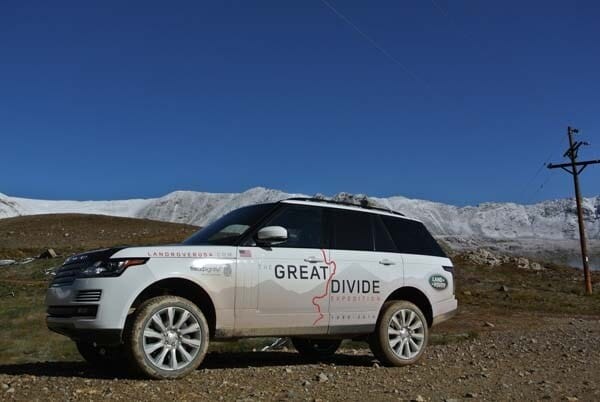

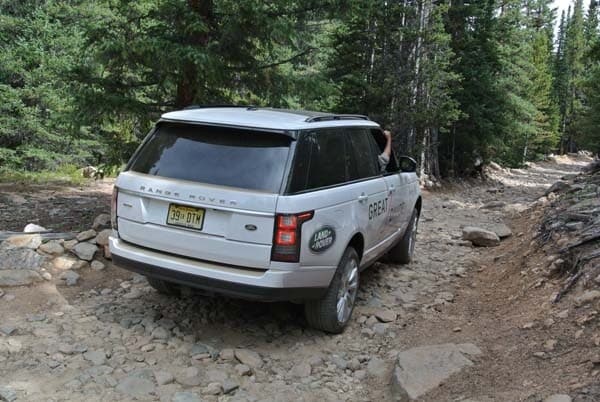
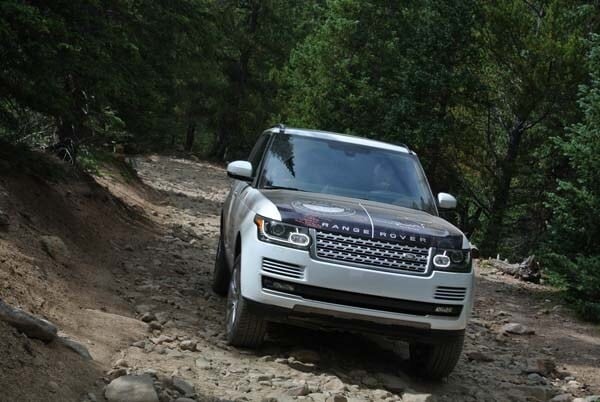
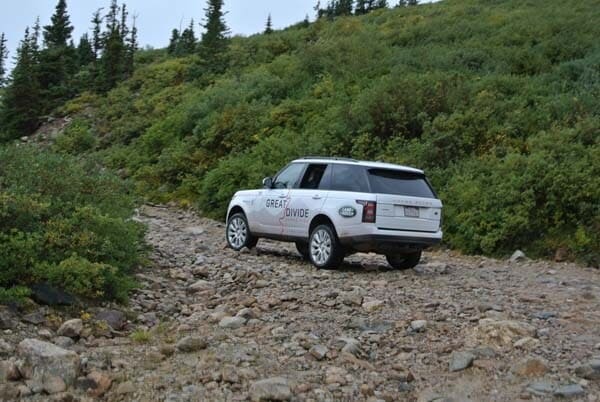
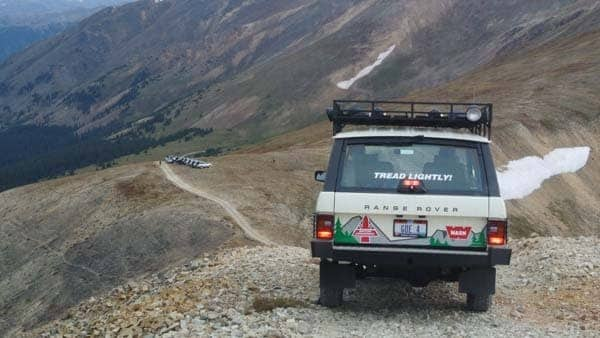
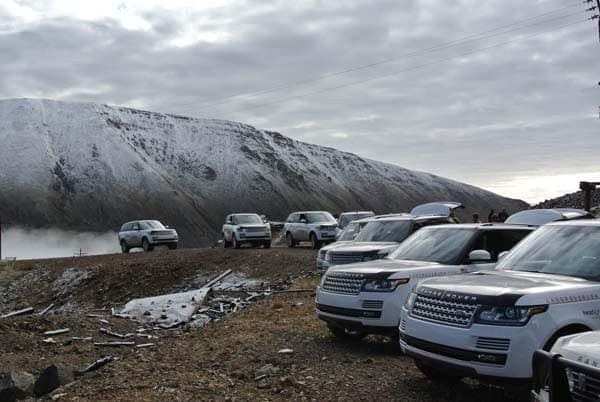
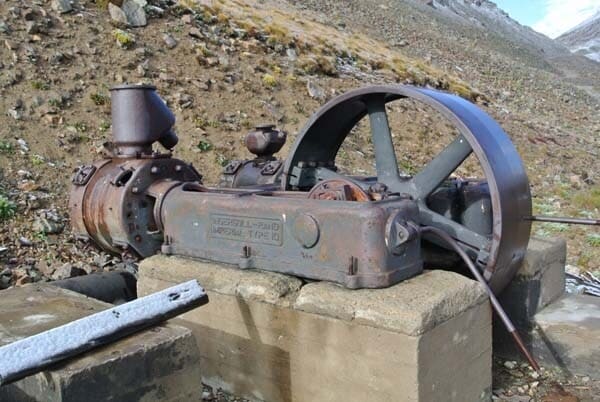
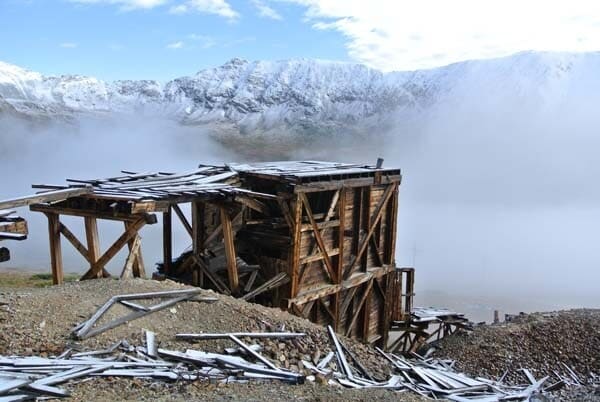
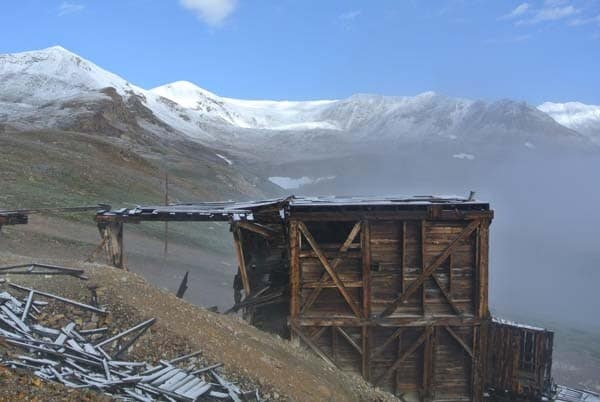
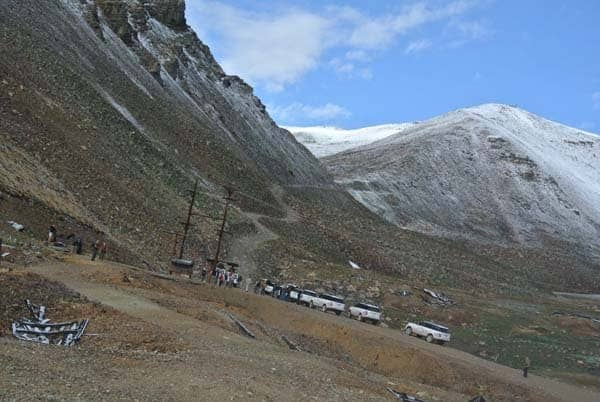
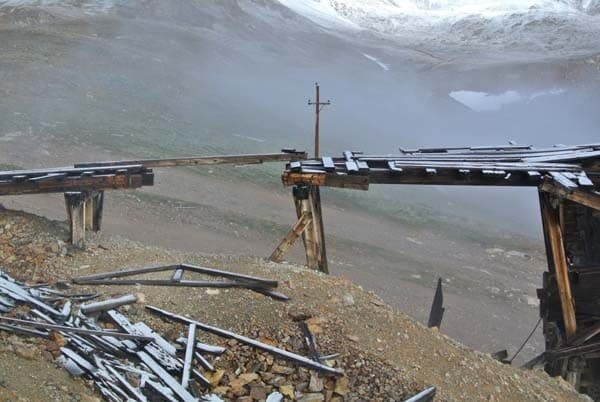
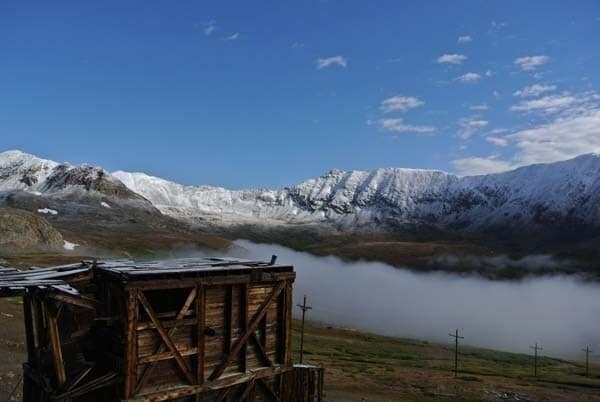
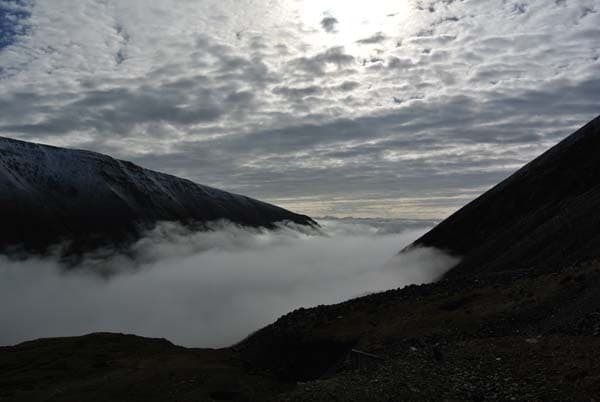
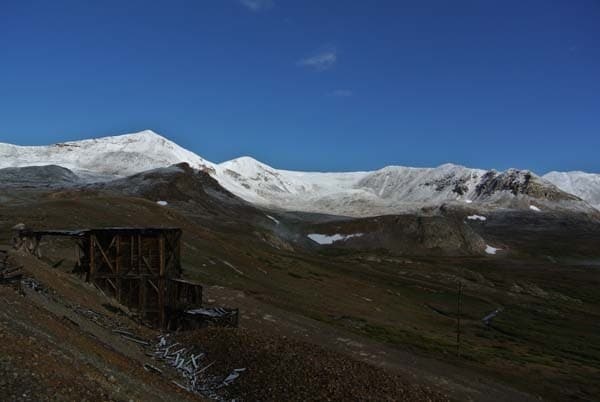
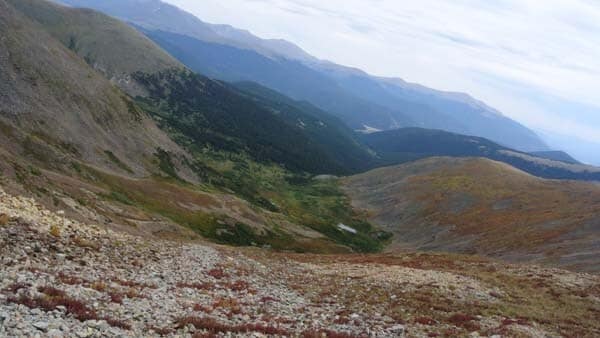
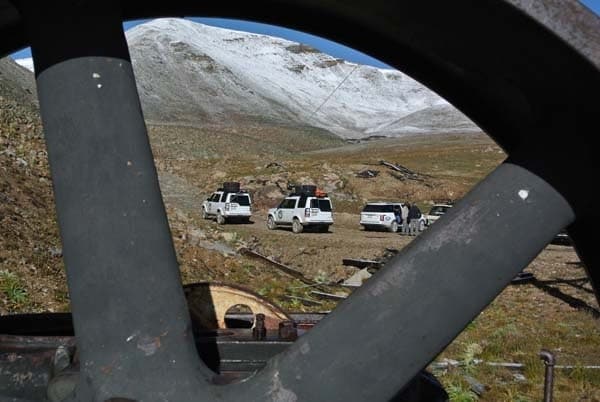
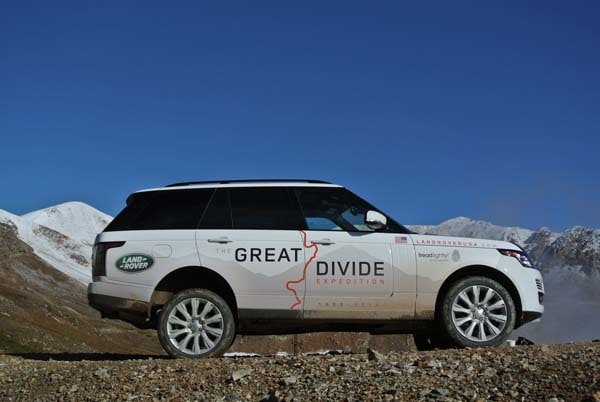
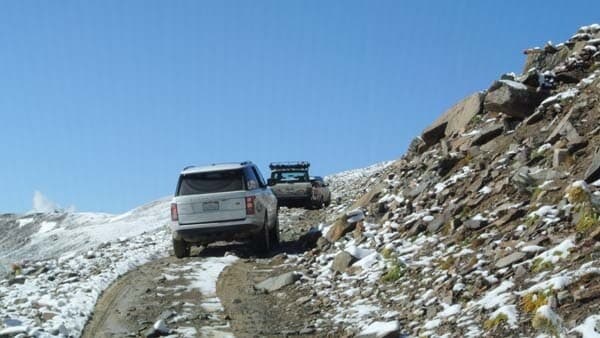
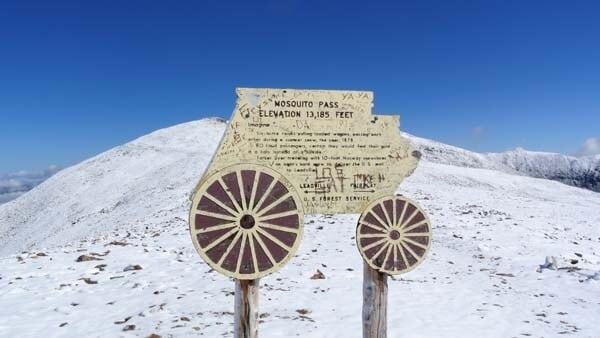
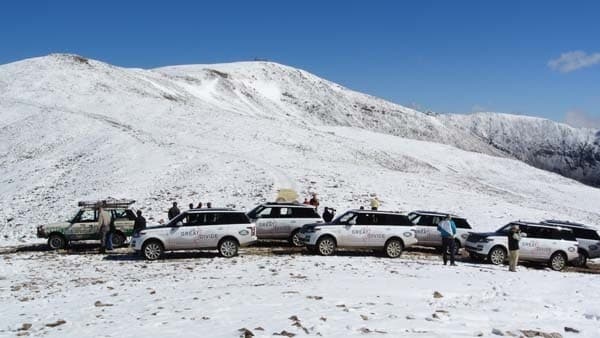
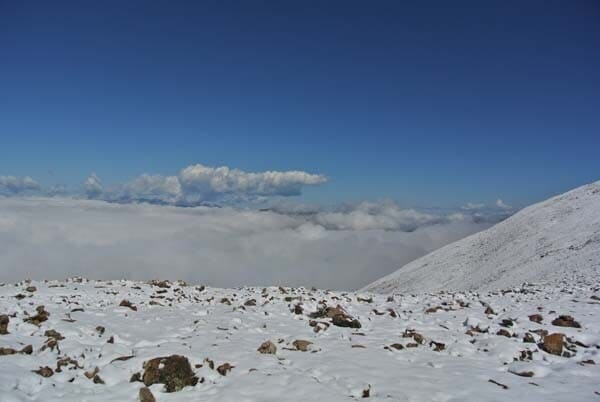
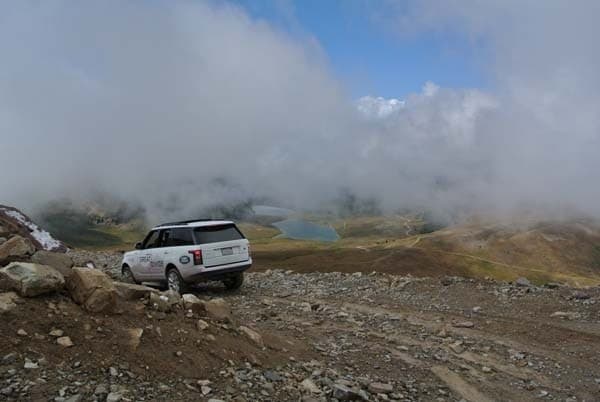
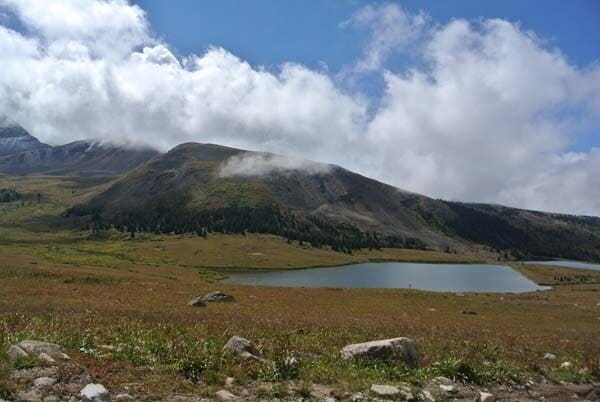
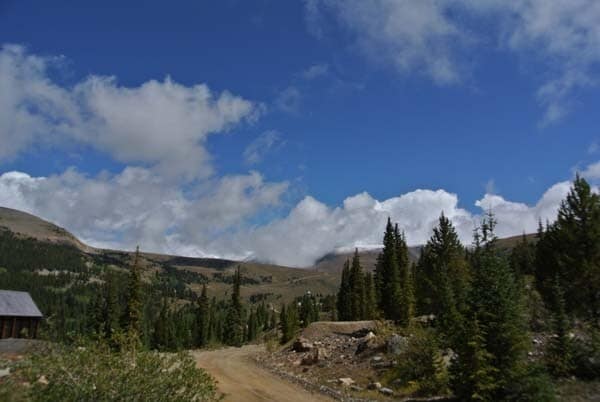
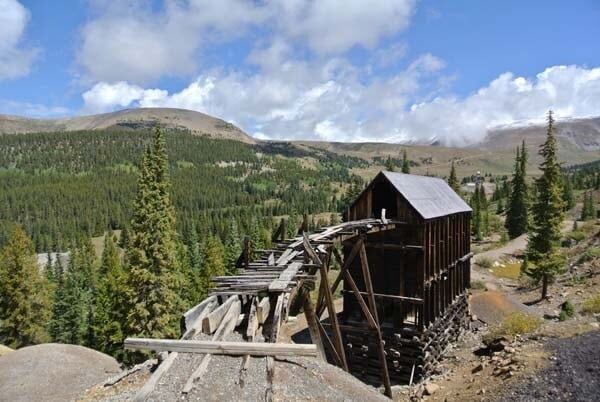
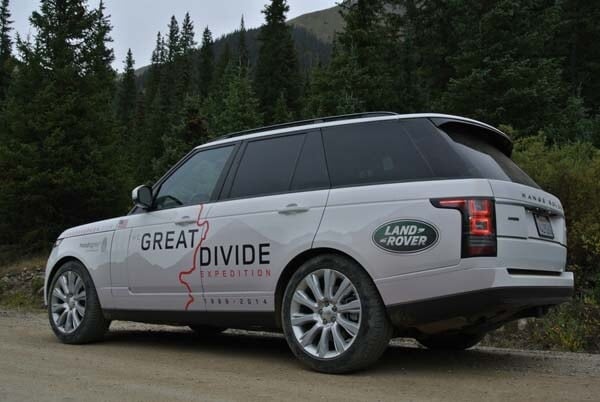
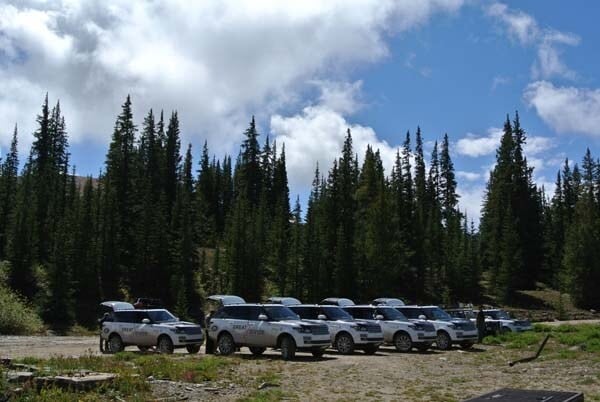
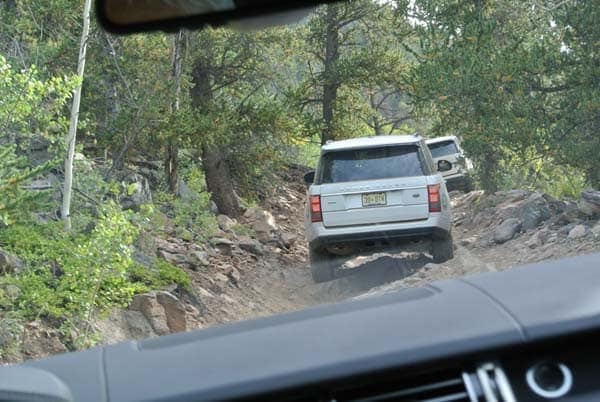
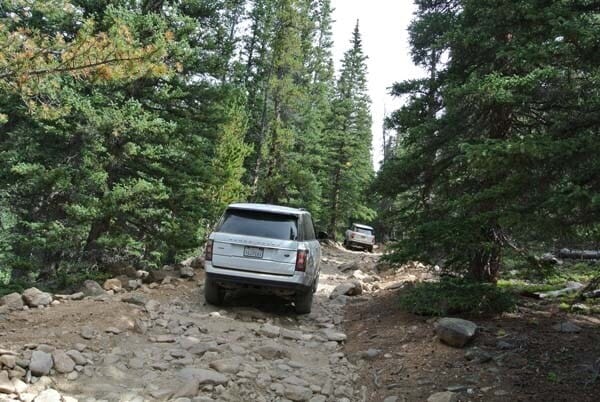
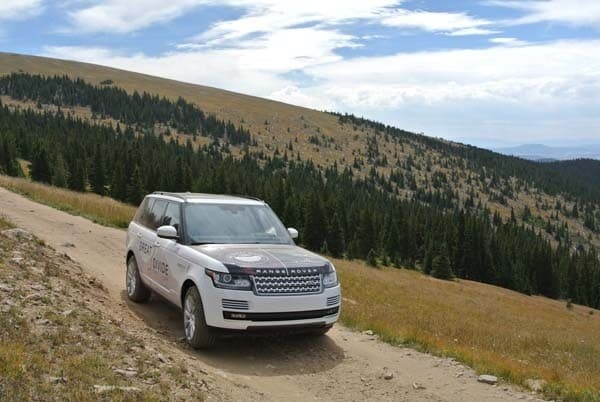
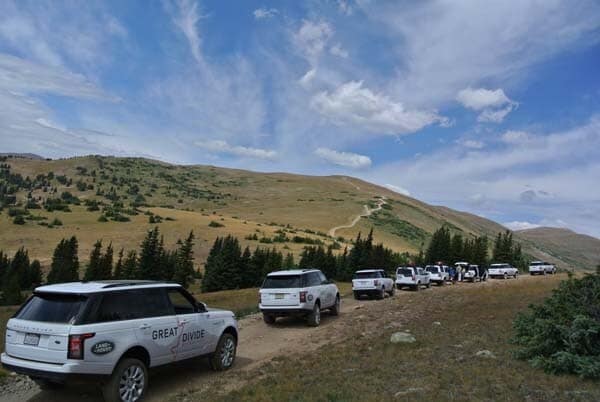
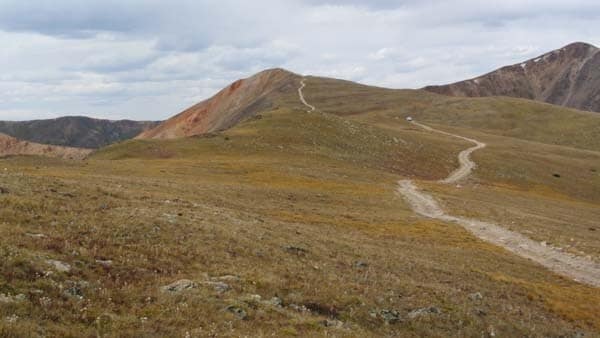
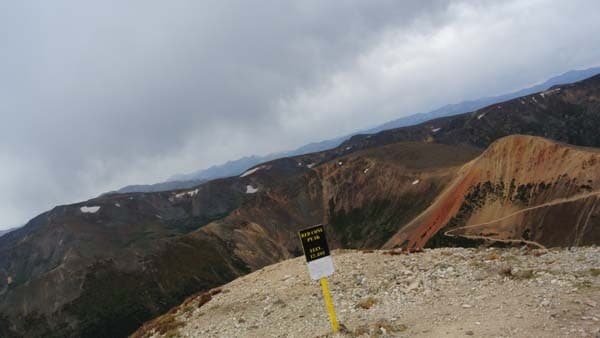
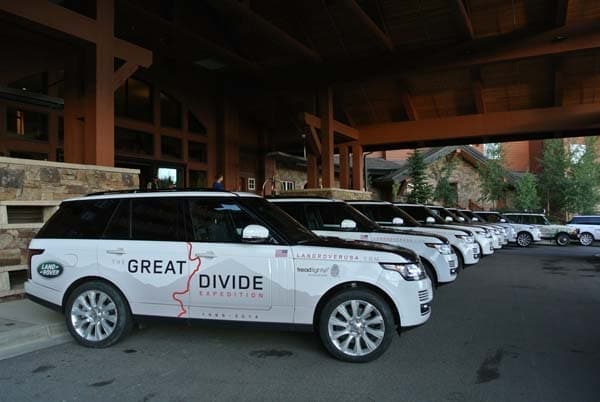
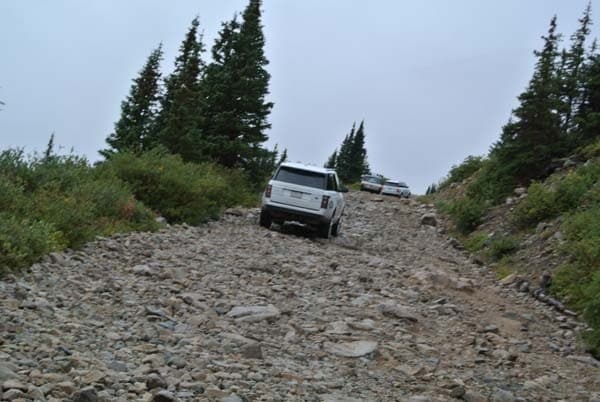

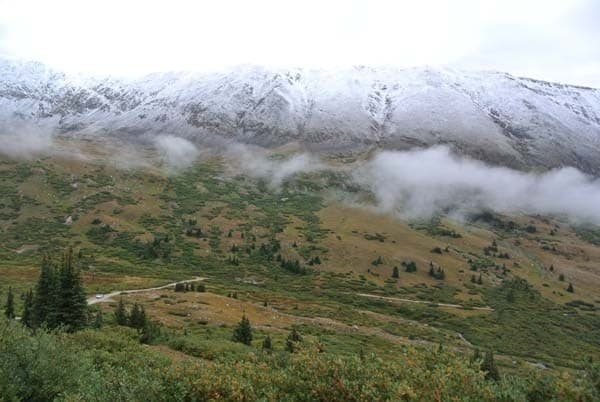
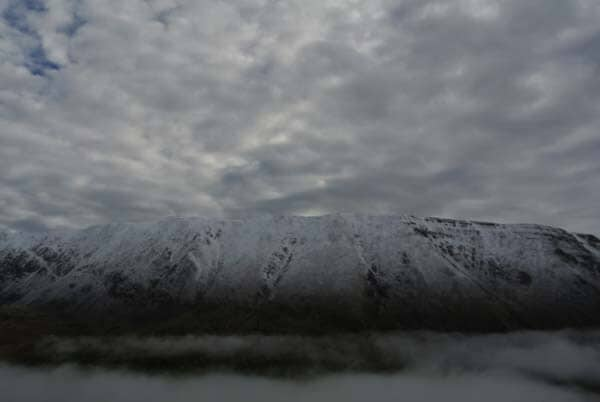

-180.jpg)






